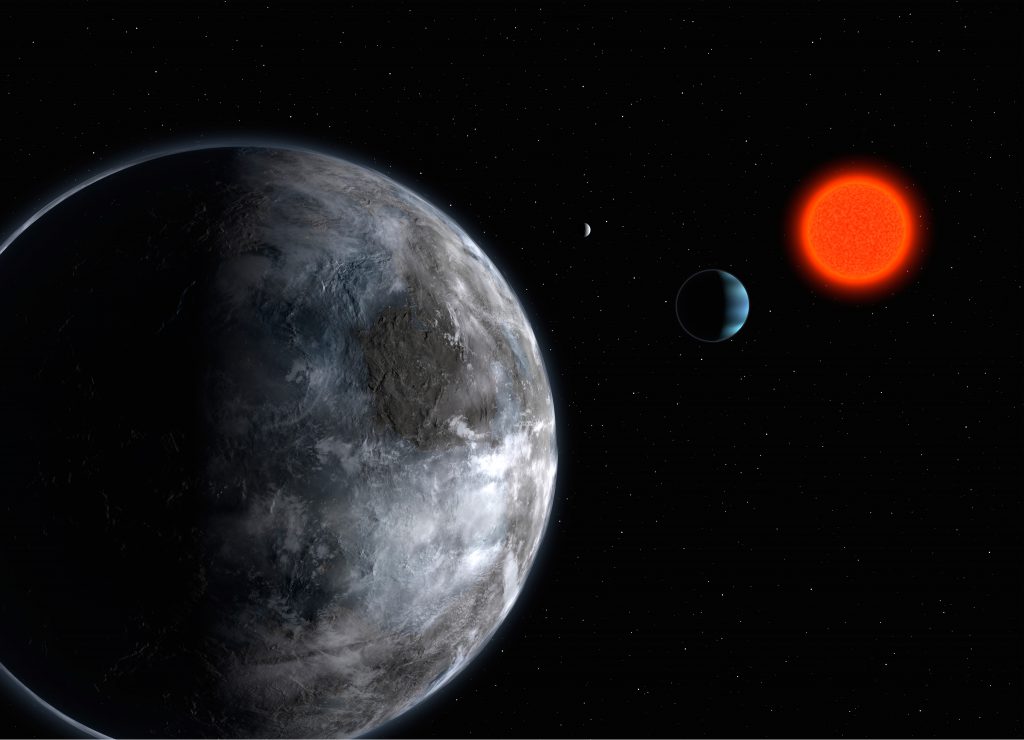We all have carbon monoxide (CO) detectors in our houses, so it must be pretty dangerous stuff. CO is deadly to almost all life on Earth. Because CO is so deadly, we have assumed that any planet that has a lot of it can’t support life. Scientists look for biosignatures, or signs of life, when they look at distant planets. But, they would report a powerful CO presence on a planet as an anti-biosignature – something that could prove that life is not present on a given planet. However, researchers at the NASA Astrobiology Institute did a study to see if life could exist in the presence of high levels of carbon monoxide. They came up with some surprising results.
The researchers used two different computer models to study how a planet with life could end up with a lot of CO. Scientists use computer models when they can’t perform experiments. We can rely on their results because they are based on experimental data. They gathered information from the research we have about life on Earth and what we know about other planets. Then they used this information to predict how life might exist elsewhere. They first modeled how the atmosphere and living organisms work together to exchange gases. This involved looking at whether an ocean could absorb CO and keep the levels in the atmosphere at a safe level. The researchers also compared how gases build up on planets that are orbiting different types of stars.
The first model showed that planets can have high levels of CO in the atmosphere and still have life. These planets have environments like early Earth. On these planets, something keeps the oceans from absorbing the CO, so it stays in the atmosphere. If life were to exist on these planets, it would be very young, and the atmosphere might change as life continues to evolve. This is likely what happened during the evolution of Earth, so we assume it is possible elsewhere.
The second model revealed that planets around different types of stars could have both present life and CO. The researchers looked at M-dwarf stars, which are much smaller and dimmer than the Sun. They found that these planets could have high levels of CO, especially if they also had lots of methane, because it can come from life.
We used to think that carbon monoxide in high concentrations meant that life could not exist on an exoplanet. We assumed that life would decrease the level of any gas that was deadly. But, from this study we can conclude that it is possible for a planet to have life and have high amounts of CO in the atmosphere. The study showed two main ways that this could happen. First, these planets might have something keeping the CO from being absorbed into oceans. Second, they might be orbiting a different kind of star and also have high levels of methane. In either case life and CO could occur on the same planet. While CO is not a definite indicator of life, we know that CO doesn’t mean the planet can’t have life.


